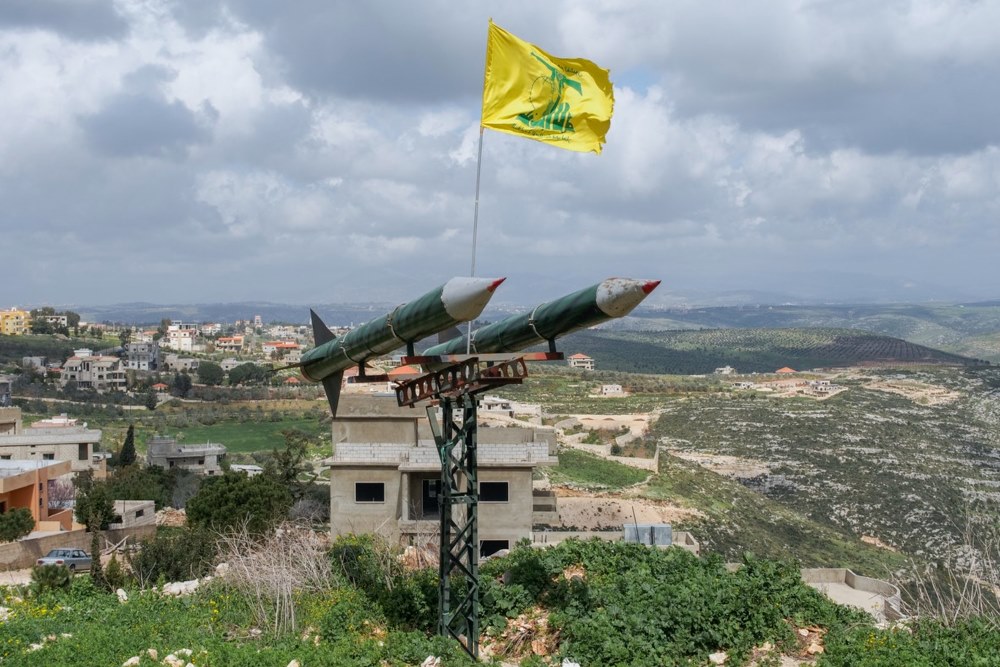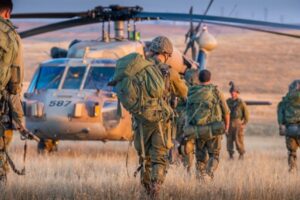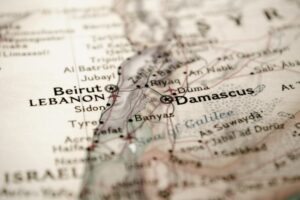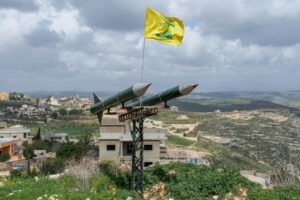
Long considered the most powerful non-state actor in the region, Hezbollah now faces a deep crisis. The organization suffered devastating blows that severely weakened its military capabilities, decimated its leadership, and exposed critical vulnerabilities.
Addressing the current situation, Defense Minister Yoav Gallant described Hezbollah as “broken,” lacking effective command and leadership. Mideast expert Amatzia Baram suggested that Hezbollah may either crumble or undergo a significant organizational shift.
Other observers argue that both Hezbollah and its Iranian backers will need to rethink the group’s strategy and tactics. But what might a “new Hezbollah” look like
As Hezbollah grapples with the fallout from its war with Israel, the group may be forced to transform both its leadership model and military strategy. This could include a decentralized command structure, a shift to more mobile weaponry, and deeper integration into Iran’s broader network of proxy forces.
New leadership model
Under the leadership of Hassan Nasrallah, Hezbollah operated as a highly centralized organization. Nasrallah maintained significant authority over both political and military operations, with few trusted figures acting independently.
This model allowed for quick decision-making but also concentrated power in ways that made the group vulnerable to targeted strikes. Within weeks, the IDF took full advantage of this weakness, eliminating Nasrallah and his top lieutenants in a relentless wave of strikes on Hezbollah’s nerve center in southern Beirut.
With its top leadership echelon wiped out, Hezbollah appears to be struggling to make key decisions and coordinate its activities. According to Defense Minister Gallant, there is currently no one left at the top to call the shots.
The elimination of its leaders and high-ranking officers, coupled with ongoing strikes on command centers, left Hezbollah in a difficult position.
Moving forward, it may have no choice but to shift from its historically centralized leadership structure to a more decentralized model, spreading authority among a broader group of commanders.
Such a transition could give Hezbollah the flexibility to continue operating more independently, even if key leaders are taken out by Israel.
Rethinking missile doctrine
Another pressing concern for Hezbollah is its reliance on missile and rocket stockpiles. Thousands of rockets and numerous launchers, which once formed the backbone of the group’s military strategy, have been destroyed in Israeli airstrikes.
In particular, its short- and mid-range rocket arsenal has been significantly reduced, according to the latest Israeli estimates. This serious setback may force Hezbollah to reconsider its basic military doctrine.
The organization may shift toward a more mobile and adaptive approach, focusing on smaller, more flexible weaponry, particularly drones. Hezbollah is already using unmanned aircraft regularly, and its Iranian patrons have extensive experience in this area.
Drones, unlike rockets and launchers, are harder to target on the ground and can be deployed in various terrains. While not as powerful as missiles, they offer effective surveillance and precision-strike capabilities.
Such a shift could allow Hezbollah to continue threatening and engaging Israel without exposing large, vulnerable caches of weaponry to Israeli intelligence and ultimate destruction.
Exporting foreign leaders?
As Tehran’s most valuable proxy in the region, Hezbollah’s survival and operational capabilities are of paramount importance to Iran’s broader strategic objectives. To ensure its effectiveness, Iran may push for more direct involvement in reshaping Hezbollah’s leadership.
One potential scenario involves integrating leaders from Iran’s other proxy militias, such as those in Iraq, into Hezbollah’s ranks. Israeli researcher Ronit Marzan previously speculated that Tehran may replace Nasrallah with an experienced Iraqi combat veteran.
Now that Nasrallah and Hezbollah’s military command are gone, this option may become more attractive.
By bringing foreign terror leaders into Hezbollah’s leadership structure, Iran could inject new military thinking into the organization while also strengthening ties between its various proxies, creating a more cohesive regional network.
This restructuring could help compensate for Hezbollah’s depleted leadership by reinforcing it with experienced and skilled military commanders. However, this integration would need to be carefully managed to avoid friction between local operatives and outsiders.
For now, Hezbollah is focusing on the current conflict and finding ways to end it on favorable terms, despite the heavy blows it has suffered. Once the war ends, it remains to be seen which changes will take place and whether they will be enough to sustain Hezbollah’s influence in Lebanon and its effectiveness against Israel.
The stakes are high not only for Hezbollah but also for Iran, which relies on the group to project power across the region. The coming months may reveal how well Hezbollah can adapt and whether it can retain its position as a critical component of Iran’s regional strategy.


